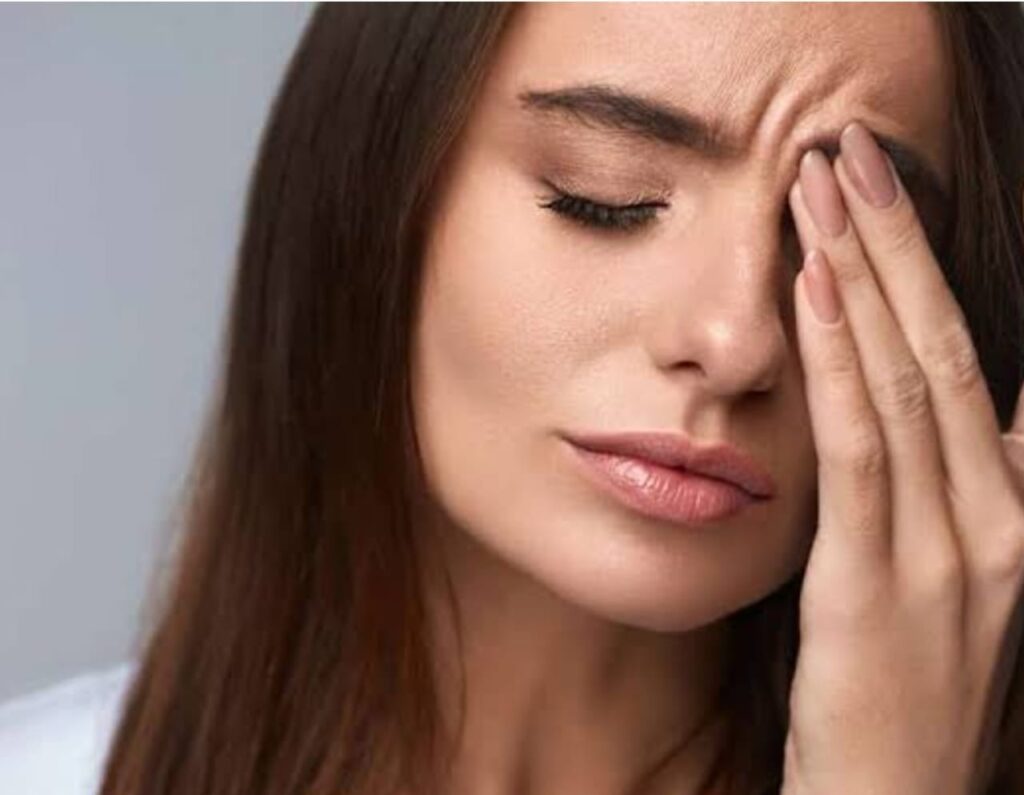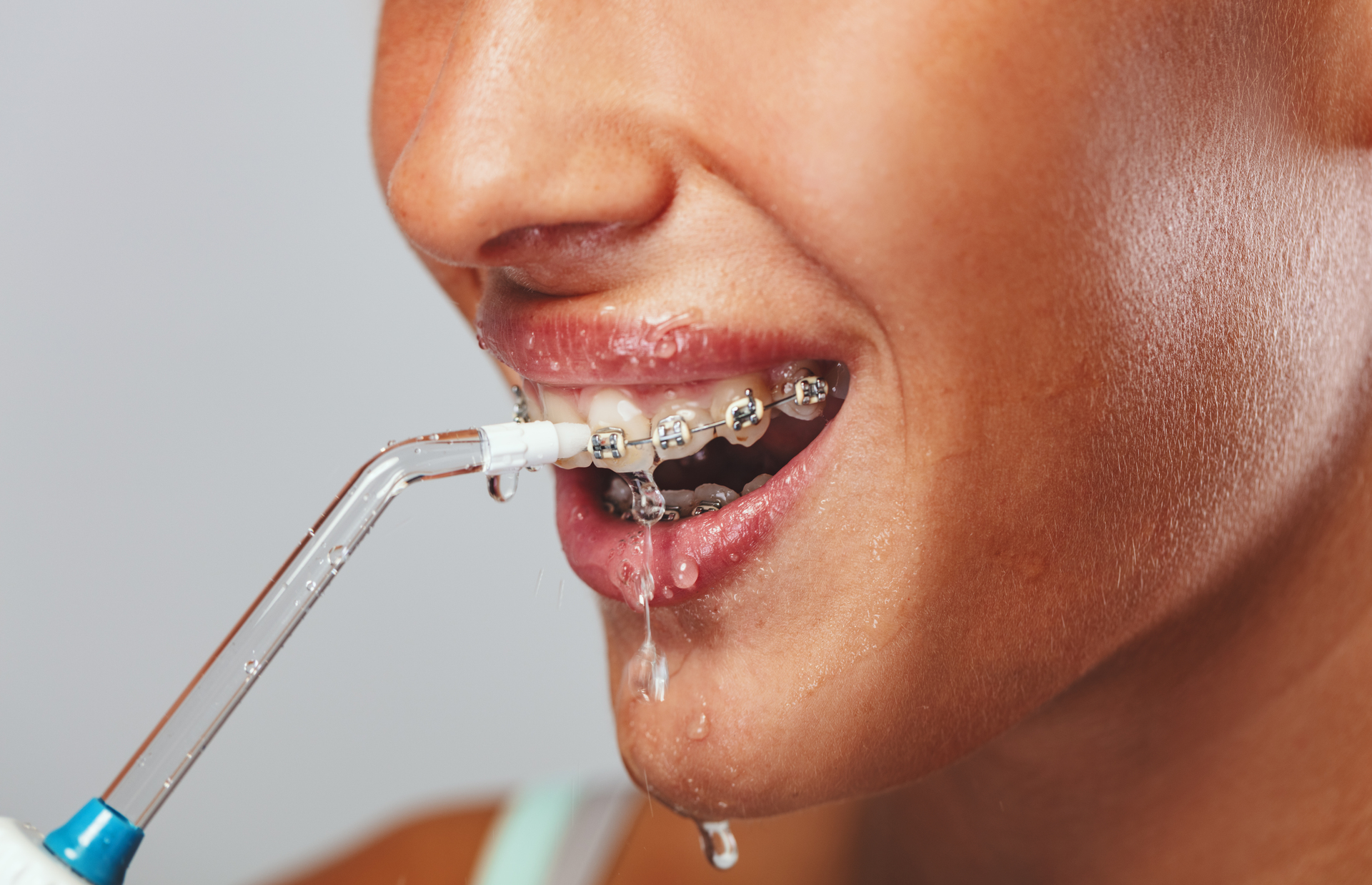
Misaligned Teeth & Effect on Overall Health
Misaligned Teeth & Effects on Overall Health
Misaligned teeth or deranged teeth may be the reason for your orofacial and neuromuscular pain with symptoms such as headache, neck and shoulder pain, migraine and vertigo (loss of balance).
Let’s see how this happens.
We can compare the jaw to a door, with a frame similar to the jawbone. The hinges of the door act as a pivot that opens and closes the door, just as the jaw joints help to open and close the mouth. Now imagine a small stone preventing the door from closing. When this happens, we either apply more pressure to close the door until it displaces or wears off, or lift or tilt the door a little to facilitate the free closing and opening, leading to a gradual damage of the door’s hinges.
What does this mean? We are born without teeth, and during this time our jaw closes and opens without interference. But once our teeth are out, it’s important that the jaw closes into uniform biting of the upper and lower teeth. When one or more of our teeth is removed, it causes misalignment. How does this happen?
When a tooth is extracted, the teeth adjacent and opposite to it tend to move or tilt towards the empty space created by the extraction while biting. If the tilted tooth is the first point of contact, the muscles of the jaw and neck will have to exert more force to bring all the other teeth into simultaneous contact. This causes neuromuscular pain in the neck, face, head, shoulder and even the hand. If the brain tries to avoid an obstacle, the jaw tends to deviate to one side to achieve closure. This damages the jaw joint, resulting in a clicking sound while closing and opening the jaw, also causing ear pain. Recent studies have also shown a clear connection between jaw disorders and vertigo or loss of balance. Let’s see how two ligaments in the middle ear, called the discomalleolar and anterior malleolar ligaments, connect the malleus bone in the middle ear to the joints of the jaw.
A disorder in the jaw stretches these ligaments, causing vertigo. Hyperactivity of chewing muscles will cause a contraction of the tympanic membrane, causing the eustachian tube to dysfunction, leading to a loss of balance. However, if the tilted tooth has not caused any damage in the jaw or muscles, it will start to wear away, resulting in increased wear of tooth without a known cause. Thus, to take the decision to remove a tooth is easy, but the consequences can be quite unpleasant. Apart from being a cause for food entrapment and decay of other teeth, tooth removal can have a telling effect on joints, muscles and teeth themselves.
In the case of joints, the severity of the effect can range from simple clicking sounds while opening and closing the jaw to the extent of not being able to close the mouth after opening it widely, as in the case of yawning. In the case of muscles, it can result in severe headache, as the muscle involved in chewing, called the muscle temporalis, is attached a few centimetres above the ear. Pain can occur in the lower border of the lower jaw and in the neck and shoulder muscles. In the case of teeth, an increased wear of teeth on the biting surface results in an unaesthetic appearance and an increased sensitivity to oil and cold food.
Therefore, it is not advisable to get teeth removed without sufficient reasons. If removal is inevitable, a replacement should follow, except in the case of the wisdom tooth.
How do we correct this problem? Getting all upper and lower teeth to contract simultaneously during jaw closure and removing all interferences caused by teeth in jaw movement is a means of correction. We do this by initially fabricating an equilibrate splint appliance to make the upper and lower teeth to contact simultaneously during jaw closure and permanently correcting teeth by grinding or removal of the interfering tooth or by use of simple fillings and placement of crowns.
To know more about misaligned teeth and your health issues, ask your doctor today.
Share this article
Related articles
Need A Quick Appointment? Message us Here...
- Address
Dr. Feminath’s
Ananthapuri Super Speciality Dental Clinic
TC – 10/1907, Manjadimoodu, Vattiyoorkavu, Trivandrum -13
- +91 944 6338 697
- trivandrumdental@gmail.com
- Information Links
- Quick Links
Dr Feminath’s Ananthapuri Super Speciality Dental Clinic © 2023
Website Designed & Developed by Redwet Solutions



